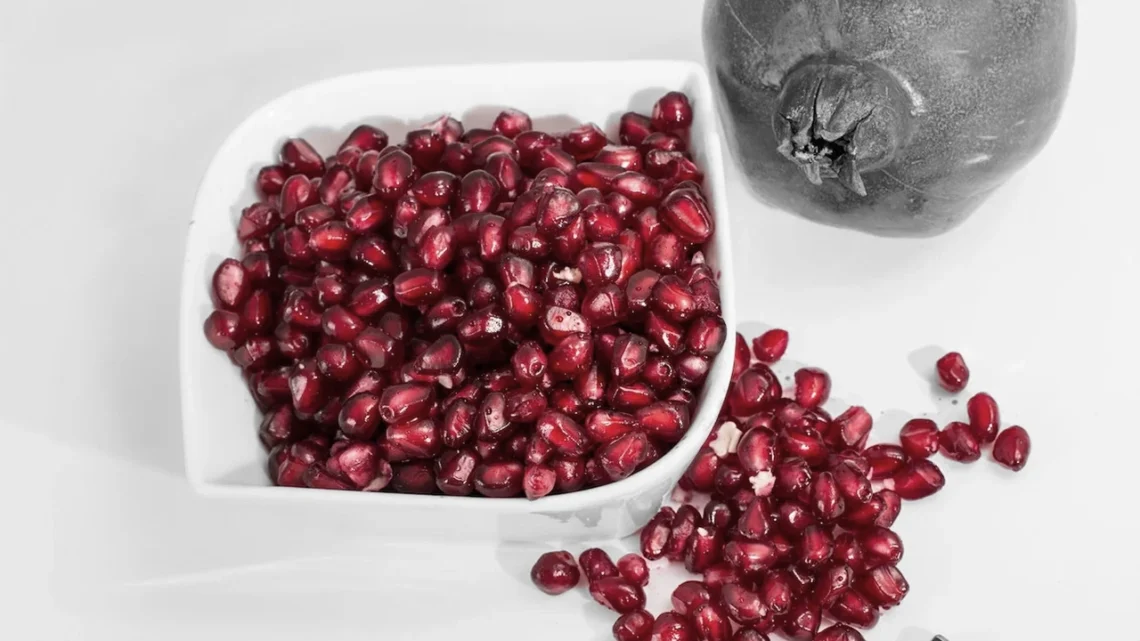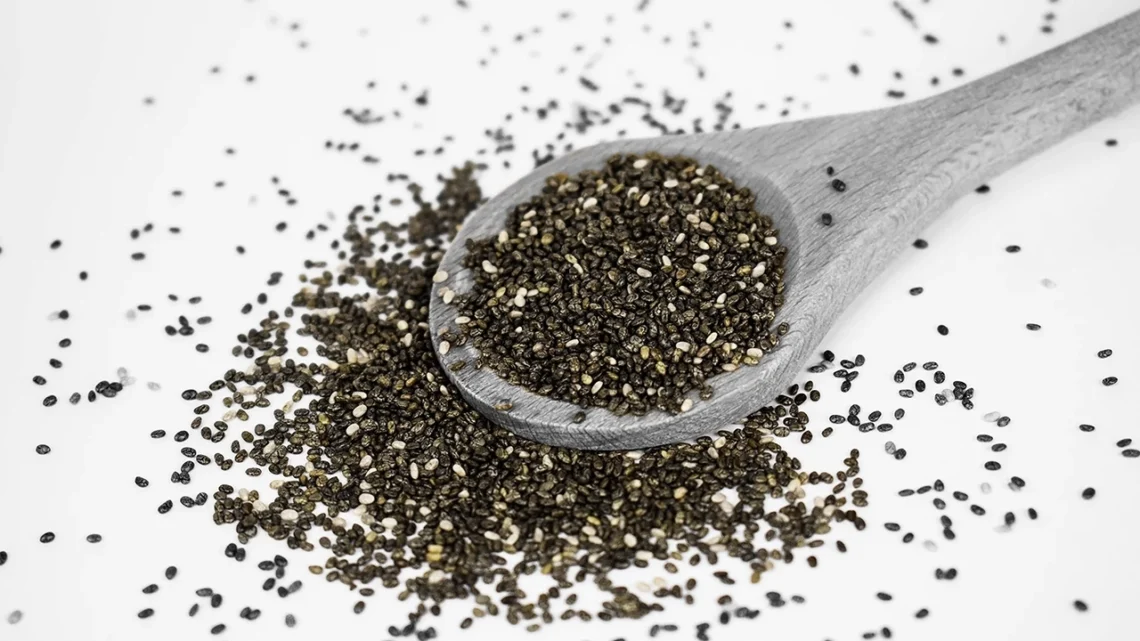Lets Face Fats. When it comes to beautiful skin, fat is, in fact, your friend.
Fat has been given a bad wrap for far too long, but it seems at last experts are officially renouncing our yummy little friend, by finally understanding its essential role in our beauty, and its ability to provide nourishment, moisture and elasticity to our skin.
Bearing in mind, not all oils and fats are created equal; consuming fat from the right sources provides us with energy, mediates inflammation, provides essential fatty acids, and aids in the absorption of your beauty vitamins A, D, E and K, carotenoids, lycopene and lutein, that are absolutely essential for healthy skin.
Research has also shown that it elevates our mood, boosts immunity, stimulates collagen synthesis, enhances cognitive function, lubricates joints, sustains energy levels and keeps us fuller for longer!
Fat is a macronutrient. According to nutritionist Erica Angyal from her book “Gorgeous Skin in 30 Days”. Fat is actually a very close runner up to fruits and vegetables when it comes to nutritional value for our skin. If we are getting fewer than 20 grams a day, which is roughly 2 tablespoons, our skin may not be getting the sustenance it needs to lubricate itself.
If we break it down, there are three categories that serve our skin. Saturated, monounsaturated and polyunsaturated. The baddies so to speak are trans fats and poor quality vegetable oils found primarily in processed foods, fried foods and basically anything in a packet with a long shelf life!
Instead try sourcing all three from wholefoods such as:-
Saturated
Organic grass-fed butter, ghee and all forms of raw pure coconut, which is known to be one of the richest sources of saturated fat on the planet.
Monounsaturated
Olives, avocados, almonds, almond butter, macadamias and oils from these sources. (As fresh as possible, organic and cold-pressed) Polyunsaturated (Also known as the essential fatty acids (EFA’s) because our bodies cannot produce them). Of which there are two types:
Omega-6
Evening primrose oil, borage oil, black seed oil, pumpkin seeds, sunflower seeds, blackcurrant oil.
Omega-3
There are two types: Eicosapentaenoic acid (EPA) or Docosahexaenoic acid (DHA).
EPA: Flax seeds, walnuts, chia seeds, seaweed, wakame and spirulina.
DHA: Cold-water fish such as salmon, mackerel or Tuna.
Omega 3’s are superstars for our skin. They are known to reduce inflammation and keep our cells strong and flexible, resulting in skin that is softer and more radiant. Aim to include two sources of Omega 3 fats daily. From either Eicosapentaenoic acid (EPA) or Docosahexaenoic acid (DHA) sources.
If you suffer from rough, dry, flaking skin, dandruff, psoriasis, eczema or cracked heels, you may be deficient in essential fatty acids. The key is the right fats, while consuming them in the right ratios is crucial. Omega-3s decrease inflammation, whereas too much Omega-6, can increase inflammation. Our western diet tends to be loaded with Omega-6 fatty acids but is lacking in Omega-3s. The suggested ratio is about 3:1.
Heat can also change the structure of an oil or fat too. Coconut and ghee both keep their structure at high heat and have anti-bacterial and anti-inflammatory properties. Olive oil and butter are both great for use at moderate temperatures, while flaxseed, sesame, macadamia, walnut and extra-virgin olive oil are all great for pouring over dishes such as salads, soups or stir-frys after they have been removed from the heat.
Adequate amounts of fat in your diet can prevent your stratum corneum (the outer layer of your skin) from losing water, which assists our skin in forming a tight junction. A deficiency can cause a breakdown in this barrier, and age our skin to age before its time, resulting in dry, problematic skin.
So let’s make fat our friend and allow soft, lubricated skin back into your life!
To your blossoming Bec x




